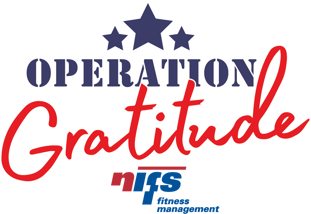 We know that practicing gratitude can have profound effects on our health and wellbeing, but in our fast-paced lives, it’s easy to brush off and overlook all of the good around us. Because of this, NIFS staff across the country took the month of November, in the spirit of Thanksgiving, to give thanks and practice gratitude with their residents through our own Operation Gratitude program. Some of the popular offerings and events included a month-long self-care calendar, relaxation through additional mindfulness and meditation practices, a mindful meal, journaling, workshops, small group discussions, gratitude letters and candygrams, random acts of kindness, philanthropy, and a whole lot of awe walks! Here are some of the benefits our participants observed:
We know that practicing gratitude can have profound effects on our health and wellbeing, but in our fast-paced lives, it’s easy to brush off and overlook all of the good around us. Because of this, NIFS staff across the country took the month of November, in the spirit of Thanksgiving, to give thanks and practice gratitude with their residents through our own Operation Gratitude program. Some of the popular offerings and events included a month-long self-care calendar, relaxation through additional mindfulness and meditation practices, a mindful meal, journaling, workshops, small group discussions, gratitude letters and candygrams, random acts of kindness, philanthropy, and a whole lot of awe walks! Here are some of the benefits our participants observed:
- Stress Reduction: Practicing gratitude acts as a powerful stress reliever while training our minds to focus on the good things in our lives and be present in this moment. This shift in our perspective helps us to counteract daily stressors and anxiety and promotes a feeling of calm and relaxation.
- Mental Health Benefits: Practicing gratitude has been shown to reduce anxiety and depression and increase our overall quality of life. When we shift our focus to recognize and appreciate the positive aspects of our life more, we adopt a more optimistic outlook and see the “negatives” less which dramatically improves our mental health as a result.
- Physical Health Benefits: The benefits of practicing gratitude extend far beyond our mental well-being and can even positively impact our physical health. Research suggests that practicing gratitude helps to reduce inflammation, improve immune function, lower blood pressure, and improve quality of sleep.
- Enhanced Relationships: When we express gratitude towards others, we strengthen our relationships and connection with them. Practicing gratitude can lead to improved communication, increased empathy, and stronger social connections. These connections can be linked to better mental and physical health outcomes as well.
- Improved Resilience: By practicing gratitude and focusing on the positive things in our lives we develop an abundance mindset which allows us to take on challenges with more ease. Individuals who are grateful exhibit increased resiliency, adaptability, and in turn can cope with life’s surprises with a bit more ease.
Throughout month of gratitude, we engaged nearly 2,500 different residents in gratitude offerings at least once, many multiple times, and collected donations for local food banks, the Salvation Army, Family Promise, and the Alzheimer’s Association. At the conclusion of the month, and the NIFS program, residents continued to practice gratitude by sharing what they appreciated about the program. Feedback ranged from feeling lighter and brighter throughout the tasks of day to feeling free to let go of pain after chemotherapy, and everywhere in between. We at NIFS are grateful for the communities we partner with and the ability to serve their residents every day!
When programming for your community’s fitness center, don’t forget to step outside of the fitness bubble sometimes and engage residents through whole-person wellness offerings. You just might be able to reach a whole new audience, and impact your current superusers in a new way, too!


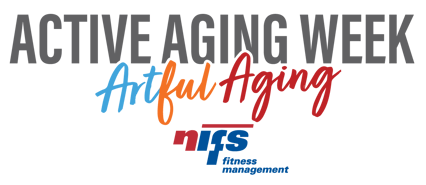 As the seasons change and leaves take on vibrant hues of red, yellow, and orange we are reminded that much like an artist, we can craft our lives in beautiful ways, and what better time to celebrate that reminder with our senior residents than during Active Aging Week? Active Aging Week, celebrated annually, shines a light on the importance of maintaining an active and engaged lifestyle as we age. This year, at NIFS, we’ve decided to focus on “aging artfully” and help the residents in the communities that we partner with age well through embracing their creativity.
As the seasons change and leaves take on vibrant hues of red, yellow, and orange we are reminded that much like an artist, we can craft our lives in beautiful ways, and what better time to celebrate that reminder with our senior residents than during Active Aging Week? Active Aging Week, celebrated annually, shines a light on the importance of maintaining an active and engaged lifestyle as we age. This year, at NIFS, we’ve decided to focus on “aging artfully” and help the residents in the communities that we partner with age well through embracing their creativity..jpg?width=467&name=GettyImages-1225625994%20(1).jpg) In
In 
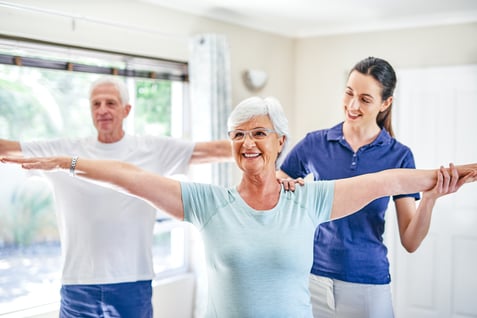 We already know that exercise is a key contributor to a healthy lifestyle overall, but for those with Parkinson’s Disease (PD) this is no exception! In fact, exercise is extremely critical for people with PD, and
We already know that exercise is a key contributor to a healthy lifestyle overall, but for those with Parkinson’s Disease (PD) this is no exception! In fact, exercise is extremely critical for people with PD, and 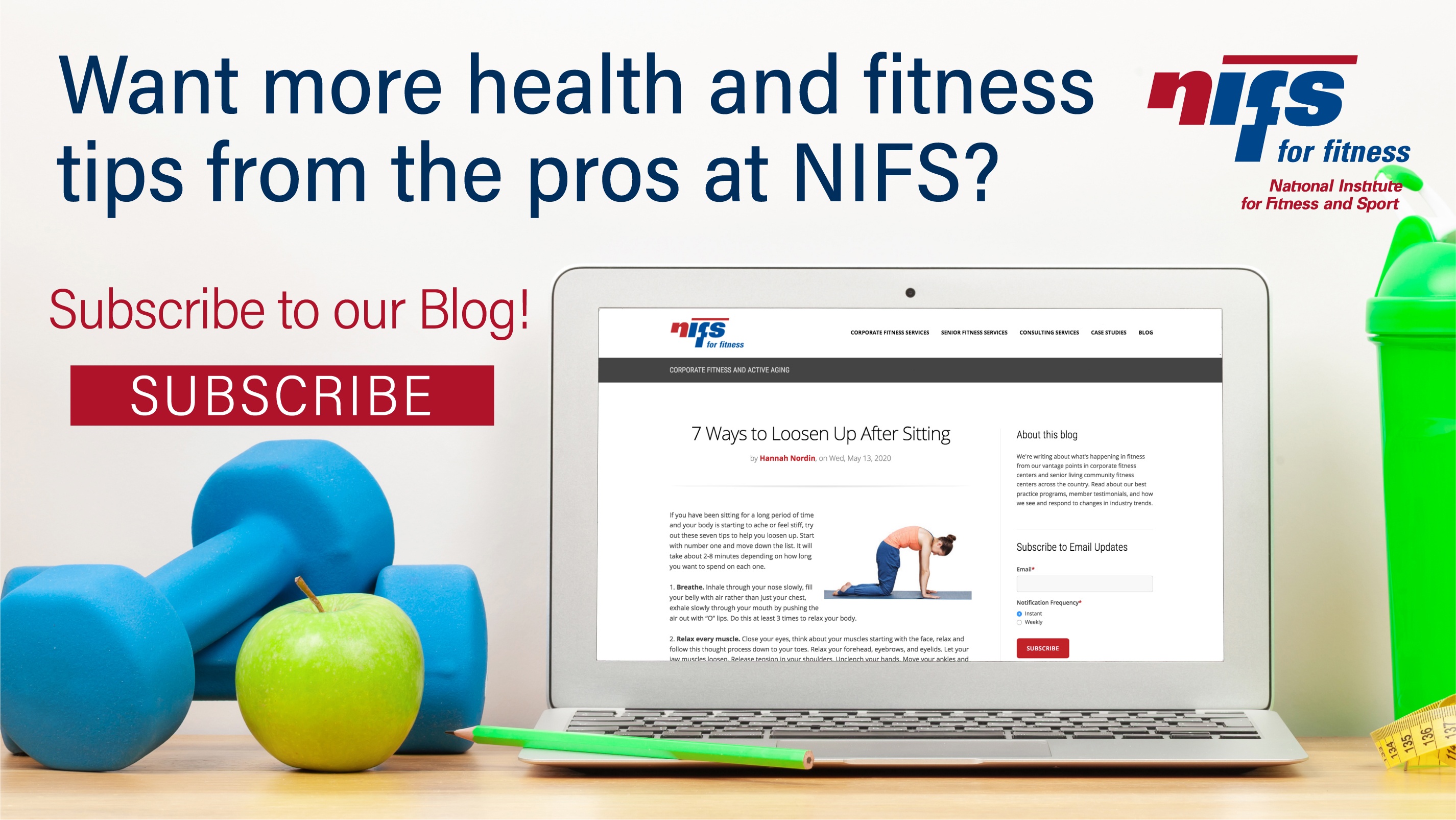
 As you might know, just the fear of falling can have significant and lasting impact on older adults or family members’ quality of life. In fact, the fear itself is a risk factor for falls. The good news is that falls can be prevented through balance-specific training and education, which is why NIFS has adopted a comprehensive balance-training method that goes far beyond simply offering balance-training group fitness classes.
As you might know, just the fear of falling can have significant and lasting impact on older adults or family members’ quality of life. In fact, the fear itself is a risk factor for falls. The good news is that falls can be prevented through balance-specific training and education, which is why NIFS has adopted a comprehensive balance-training method that goes far beyond simply offering balance-training group fitness classes.
.jpg?width=408&name=GettyImages-494388997%20(1).jpg) It should come as no surprise that most people aim to improve their lives in one way or another with the start of a new year. Particularly when it comes to focusing on better health and fitness, January’s clean slate seems to be the ideal time to get back on track and into shape immediately following the busy holiday season and prolonged period of indulgence. This seems to be a universal practice as we have found that to be no exception for our members and residents in senior living communities!
It should come as no surprise that most people aim to improve their lives in one way or another with the start of a new year. Particularly when it comes to focusing on better health and fitness, January’s clean slate seems to be the ideal time to get back on track and into shape immediately following the busy holiday season and prolonged period of indulgence. This seems to be a universal practice as we have found that to be no exception for our members and residents in senior living communities!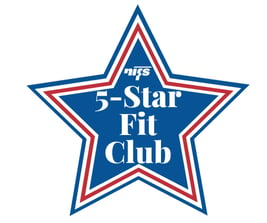

.jpg?width=501&name=GettyImages-1138813719%20(1).jpg) If you’re looking to improve the overall happiness and well-being of your residents—and even yourself—try taking your offerings outside of the fitness center and straight into nature!
If you’re looking to improve the overall happiness and well-being of your residents—and even yourself—try taking your offerings outside of the fitness center and straight into nature!
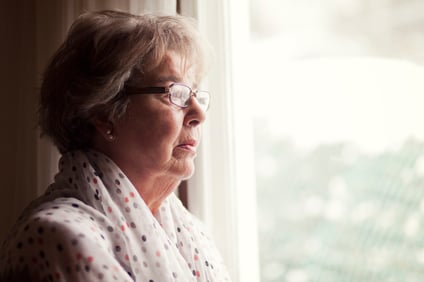 According to the
According to the 